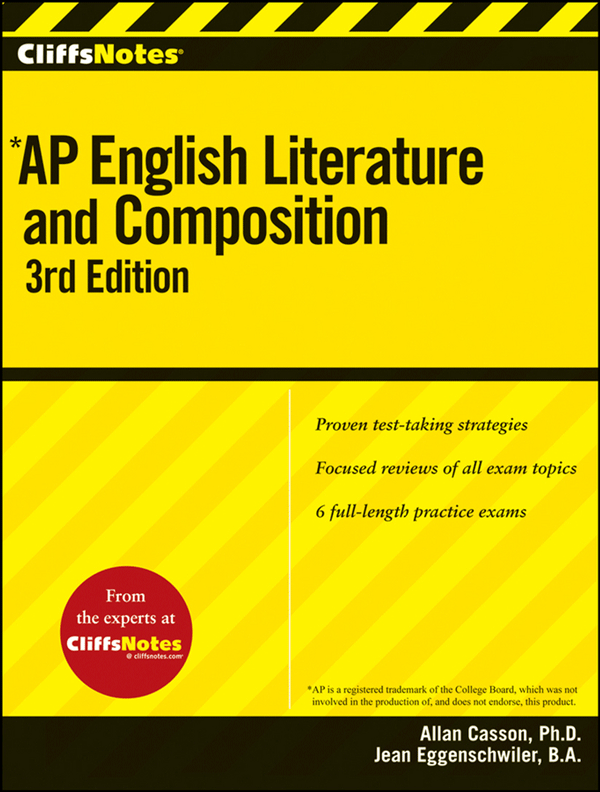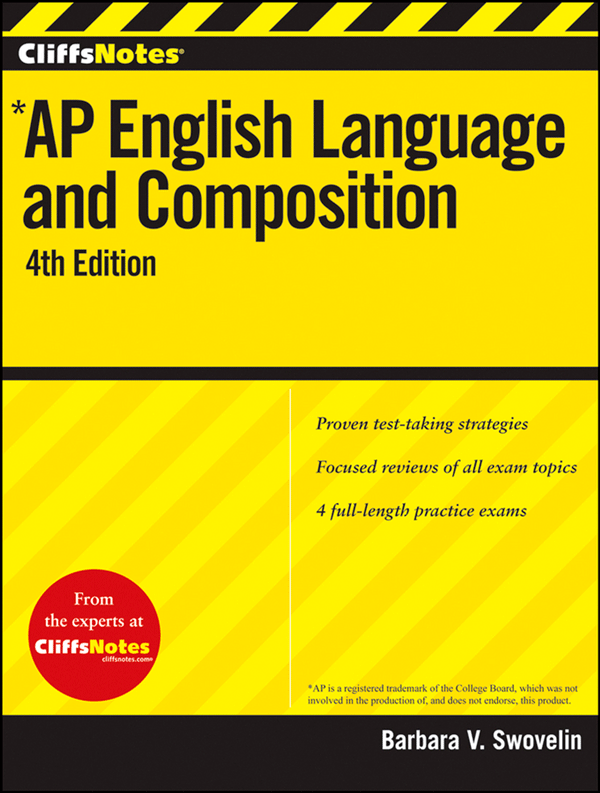Buy The AP English Literature CliffsNotes Book Here and the AP English Language CliffsNotes Book Here!


AP language and literature exams sometimes include prompts that are from satiric and/or comedic works. Students who are not practiced in writing about satire and recognizing the devices of the satirist may be at a disadvantage over those who are comfortable with such tools. The subtlety and nuances of satire can sometimes go unnoticed; some students may find it hard to know how to analyze the rhetorical strategies that satirists use. Although, of course, satirists can employ all of the devices of rhetoric, quite often they make use of the following:
-
Caricature — A representation, especially pictorial or literary, in which the subject's distinctive features or peculiarities are deliberately exaggerated to produce a comic or grotesque effect. Sometimes caricature can be so exaggerated that it becomes a grotesque imitation or misrepresentation. Synonymous words include burlesque, parody, travesty, lampoon.
-
Hyperbole — A figure of speech using deliberate exaggeration or overstatement. Hyperboles sometimes have a comic effect; however, a serious effect is also possible. Hyperbole often produces irony at the same time.
-
Understatement — The ironic minimizing of fact, understatement presents something as less significant than it is. The effect can frequently be humorous and emphatic. Understatement is the opposite of hyperbole.
-
Irony — The contrast between what is stated explicitly and what is really meant; the difference between what appears to be and what actually is true. Irony is used for many reasons, but frequently, it's used to create poignancy or humor.
-
Wit — In modern usage, wit is intellectually amusing language that surprises and delights. A witty statement is humorous, while suggesting the speaker's verbal power in creating ingenious and perceptive remarks. Wit usually uses terse language that makes a pointed statement.
-
Sarcasm — From the Greek meaning, "to tear flesh," sarcasm involves bitter, caustic language that is meant to hurt of ridicule someone or something. It may use irony as a device, but not all ironic statements are sarcastic. When well done, sarcasm can be witty and insightful; when poorly done, it's simply cruel.
-
Allusion — A direct or indirect reference to something that is presumably commonly know, such as an event, book, myth, place, or work of art. Allusions can be historical, literary, religious, or mythical. A work may simultaneously use multiple layers of allusion.
-
Juxtaposition — Placing dissimilar items, descriptions, or ideas close together or side by side, especially for comparison or contrast.
Frequently, satire is characterized as one of two types: Horatian satire is gentle, urbane, smiling; it aims to correct with broadly sympathetic laughter. Based on the Roman lyrical poet Horace, its purpose may be "to hold up a mirror" so readers can see themselves and their world honestly. The vices and follies satirized are not destructive; however, they reflect the foolishness of people, the superficiality and meaninglessness of their lives, and the barrenness of their values. Juvenalian satire is biting, bitter, and angry; it points out the corruption of human beings and institutions with contempt, using saeva indignation, a savage outrage based on the style of the Roman poet Juvenal. Sometimes perceived as enraged, Juvenalian satire sees the vices and follies in the world as intolerable. Juvenalian satirists use large doses of sarcasm and irony. If you do receive a piece of satire to discuss in your essay topics, be aware of the rhetorical devices of the satirist and use them to your advantage.